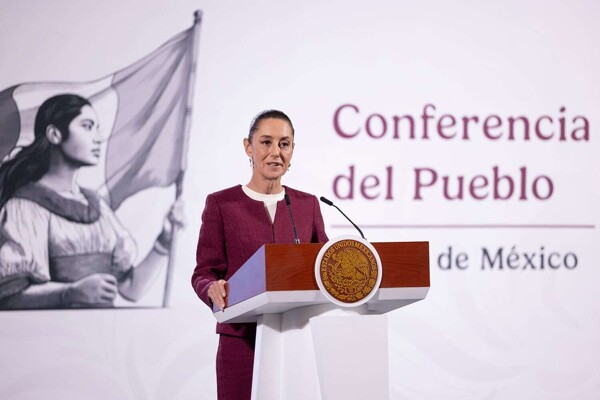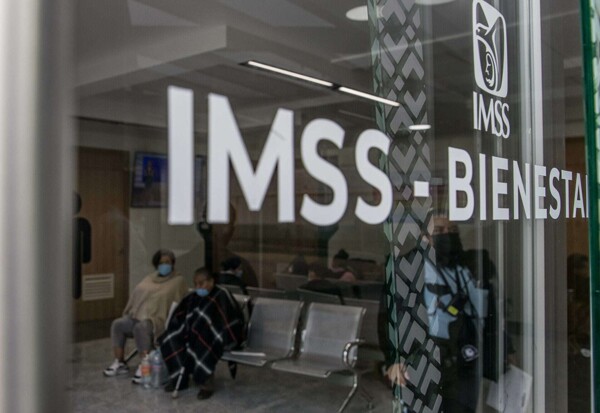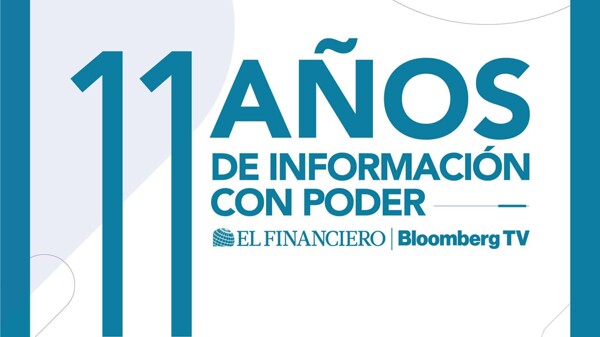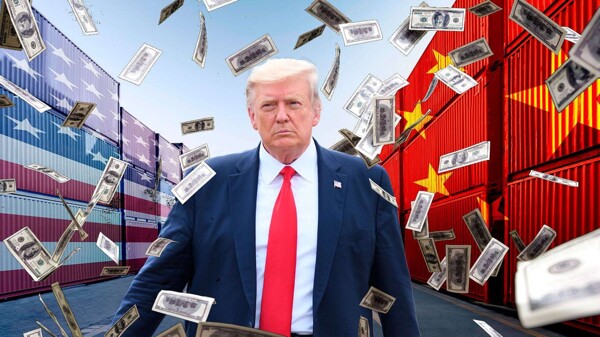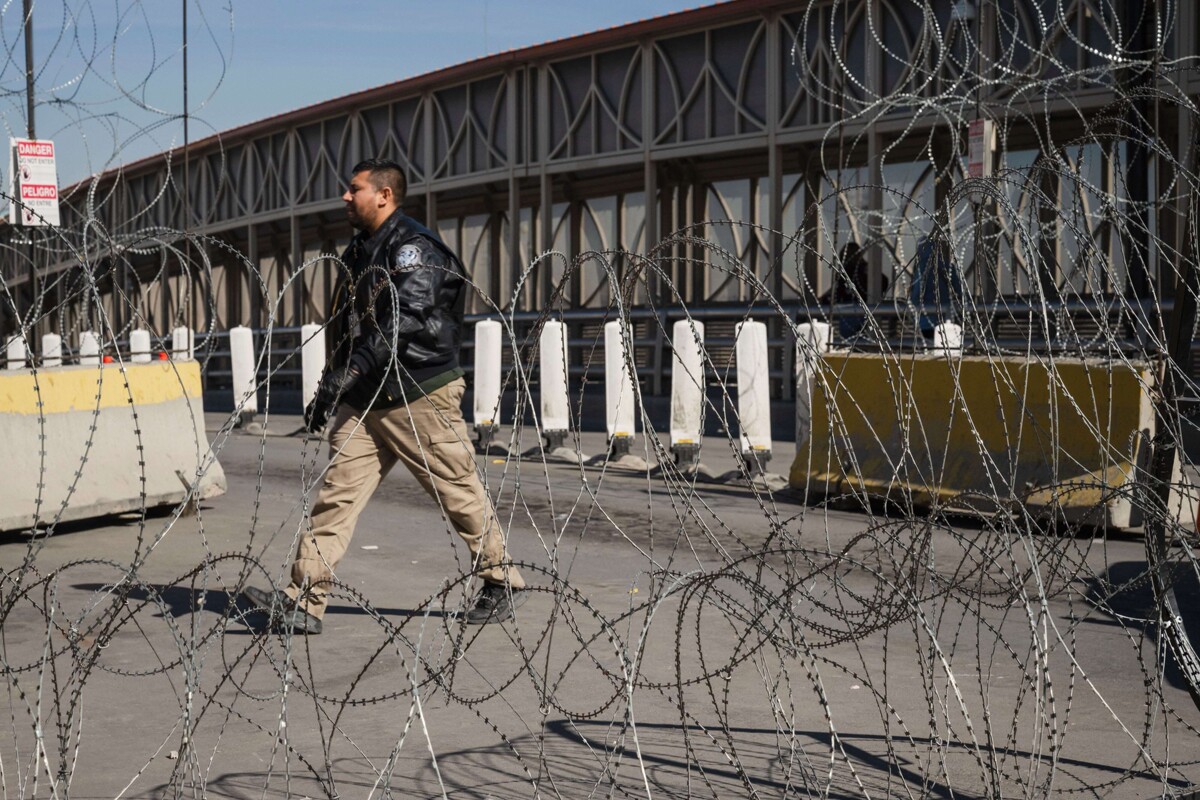
Mexico is at a crossroads of deciding whether to continue being a barrier to migration or transform into a nation of opportunities by the year 2035. The importance of this choice lies in the impact it will have on the humanitarian, social, and security crisis in the country.
To avoid a more severe crisis, Mexico needs to shift its migratory approach and adopt an integration strategy that allows it to become a country with a functional migration model and strengthen its economy. To achieve this, it is essential to plan for the absorption of migrants in different regions in a structured manner, as well as the implementation of regularization policies and work permits as part of the national migration policy.
The lack of an intelligent migration strategy could plunge Mexico into an even deeper crisis in 2035, with the possibility of facing humanitarian crises within its territory if urgent actions are not taken. Given its vulnerability to various natural phenomena and changes in agricultural dynamics, Mexico is at risk of not only receiving migrants but also generating internally displaced persons.
In a scenario where migration is an unstoppable phenomenon, Mexico must rethink its role in a new global migration order. By 2035, significant changes in migration flows are expected, where Mexico will consolidate as a more permanent destination and face demographic and geopolitical challenges. Migration, as a 21st-century phenomenon, will require a coordinated global response and the transformation of the perception of migration as an economic and social asset rather than a burden.
Inaction regarding migration and the adoption of long-term containment policies pose a risk to Mexico, as they could trigger internal problems and squander the potential that migration represents as a driver of development. Given a future scenario of more complex migration flows driven by various factors, it is necessary for Mexico to take urgent measures to prepare for the year 2035. International cooperation and the labor integration of migrants will be key to ensuring the stability and growth of the country in a changing migration context.











